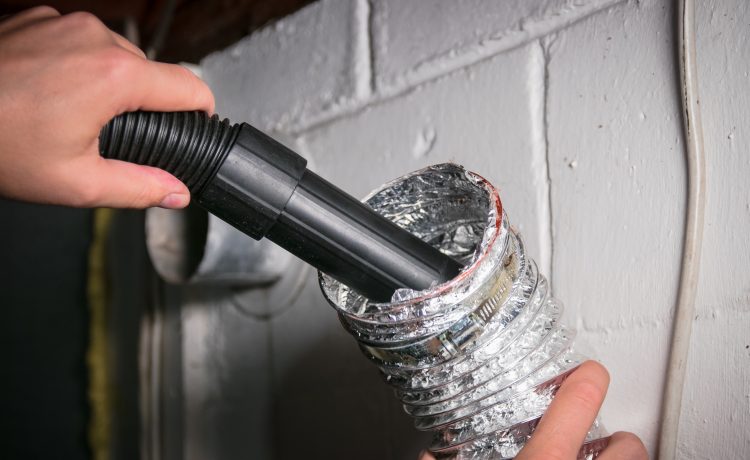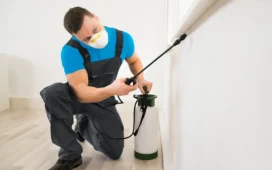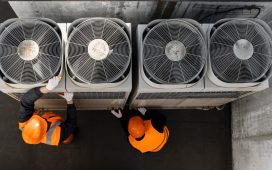If you’re considering installing a pipe to repair a clogged sewer system, you’re wondering how trenchless sewer pipelining works. This article will provide an overview of the process, including safety, costs, and environmental impact. Ultimately, you’ll decide which method is best for you. Listed below are some key benefits and features of trenchless sewer pipelining.
Cost-effectiveness
A significant benefit of trenchless sewer pipelining is its cost-effectiveness. Traditional pipe bursting requires extensive digging and may ruin a lawn. Trenchless pipelining can be completed with less excavation and less expensive materials. The process is also safe for surface areas because no heavy equipment is involved. Unlike traditional pipe bursting, trenchless pipe lining forms a new pipe inside an old one. The liner is installed within the old line and removed after several hours.
Another benefit is the minimal disruption that this process causes. Trenchless pipe replacement is a fast, minimally invasive process. It can be completed in a single day, allowing you to keep your day-to-day schedule and job obligations. And with its minimal disruption, you don’t have to hire a large team or spend several days repairing the problem. Instead, you can call a qualified trenchless plumbing contractor to repair the pipe in a matter of days rather than several weeks.
Safety
Trenchless sewer pipelining is an excellent option to repair damaged or broken pipes without digging up your yard. It is also much safer than traditional pipe replacement because it doesn’t disturb the ground. There is no risk of shifting, cracking, or tension on your pipes. Trenchless pipelining can last for 50 years or longer! You can rest assured that your sewer line will be repaired properly.
In the past, repairing a damaged sewer pipe required extensive digging and destruction of the surrounding vegetation. However, with trenchless pipelining, you can avoid these hassles and enjoy numerous benefits. For ecologically sensitive sites, trenchless pipelining is a good solution. It is possible to complete it in as little as one day. However, this is not always achievable. Sometimes, your sewer line is damaged or corroded beyond repair. In that case, you may need to repair it with conventional methods.
Environmental impact
The main advantage of trenchless sewer repair over traditional methods is that no digging is involved. While conventional methods involve digging large holes and removing surface features, trenchless sewer repair eliminates the need for these activities. It uses existing pipes to install a resin liner lasting 50 years or more. By comparison, traditional methods involve extensive digging and excavation, resulting in environmental impacts that can harm wildlife and cause soil erosion.
Besides reducing excavation costs, the S1E system is environmentally friendly as it does not require heavy machinery and noise. Since the environment is becoming more important to us, it’s imperative to find a safe process that will reduce the negative impacts on local ecosystems. Environmental factors can sometimes dictate the material and process used for a trenchless pipelining project. As a result, the S1E method may be the only option for addressing environmental concerns without disturbing the surrounding landscape.
Types
There are two types of trenchless sewer pipelining techniques: cured-in-place and pipe-bursting. Both have significant cost differences depending on the type of material used. Cured-in-place pipe lining is expensive to install, while pipe-bursting requires more access holes and is less costly. Therefore, trenchless pipelining can be expensive or cheap depending on the type of pipe liner used and its location.
The cost of CIPP pipe lining depends on the size of the pipe, diameter, length, and location. It is much more expensive if the pipe is severely damaged. The time it takes to complete a lining project will vary based on the extent of the problem. Simpler cases will take less time, but more complicated ones will require more tools and machinery. In addition, the costs may go up if the sewer pipe has to be dug up. This could affect other utilities and require experts to slip line the pipe.
Depending on the diameter and location of the pipe, the cost will vary from $1000 to $40,000, depending on the method. There are many types of trenchless pipe repair techniques, so the cost you pay will vary greatly. Some companies offer sewer inspections for free, while others have a flat fee for this service. In either case, the pipes must be thoroughly cleaned before the repairs are done. If you find the pipe in poor condition, you may want to consider a trenchless solution, which may save you thousands of dollars in landscaping.



















